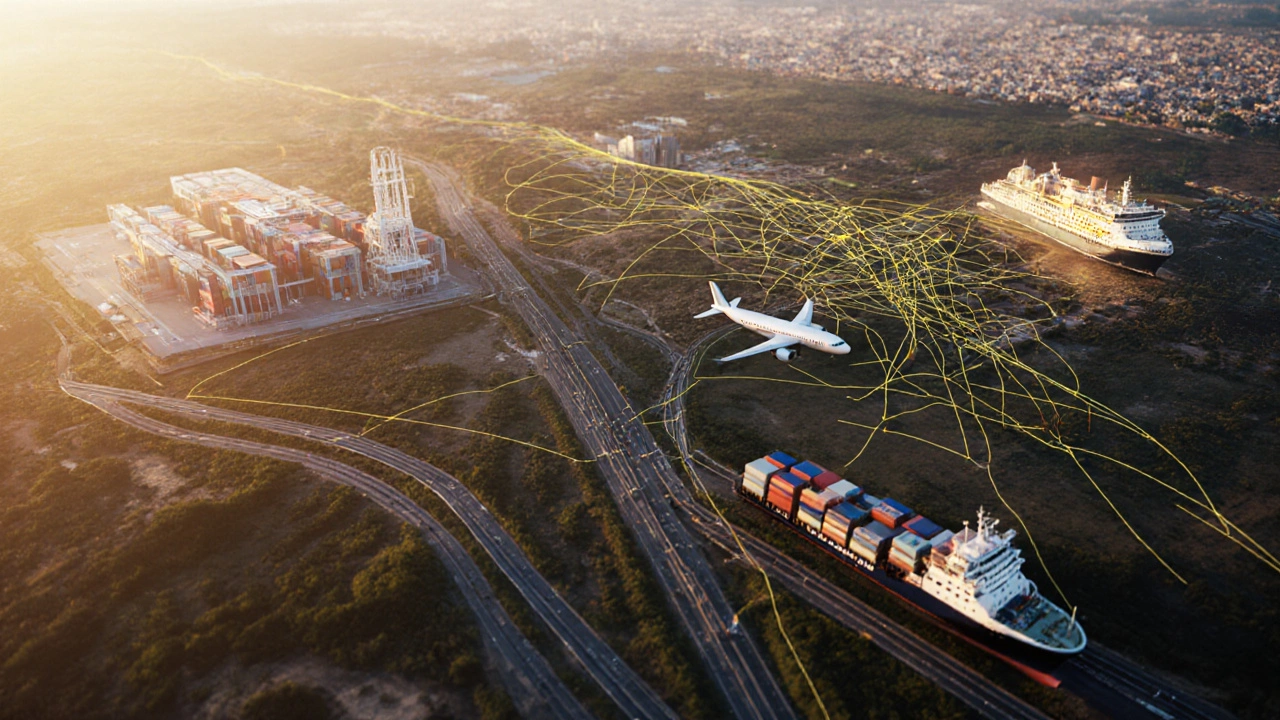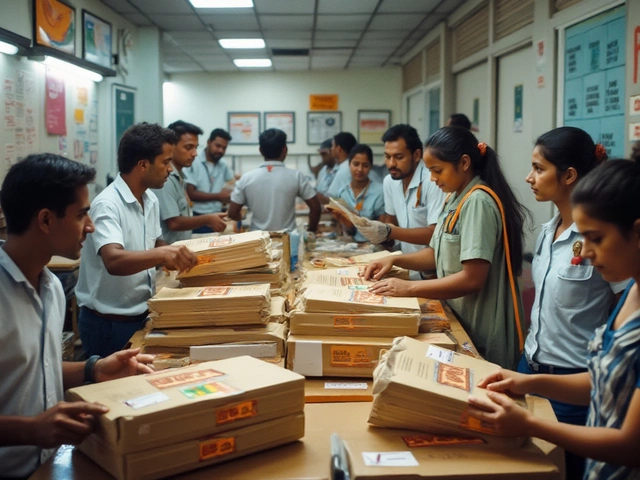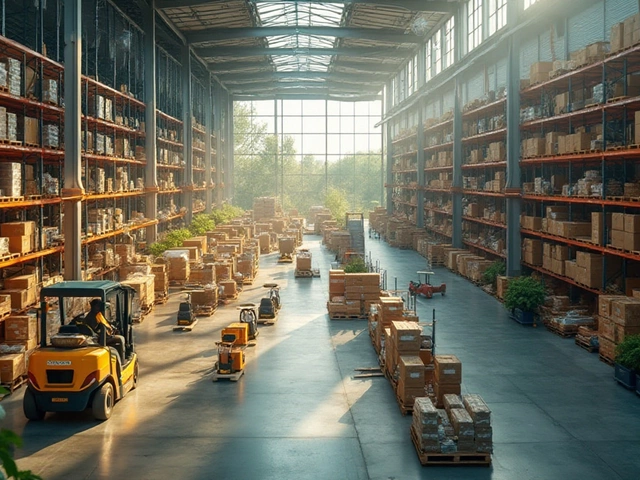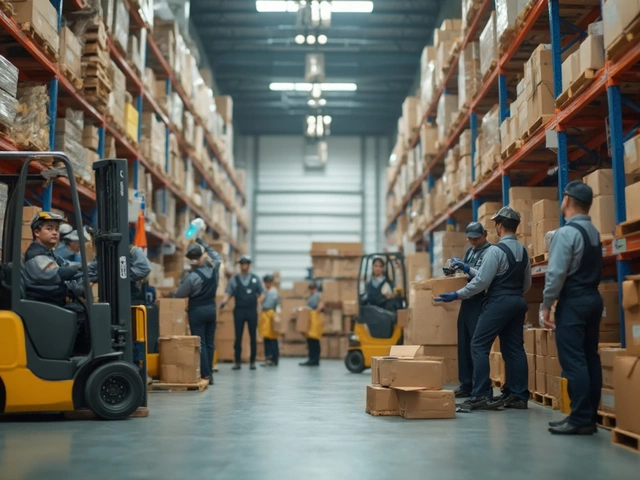When businesses talk about moving goods, Logistics is the coordinated planning, execution, and control of product flow, information, and resources from point of origin to point of consumption often feels like a maze. Knowing the three core logistics types clears that confusion and helps you match the right processes, tools, and people to each part of the supply chain.
What Exactly Is Logistics?
At its heart, logistics is about getting the right item to the right place, at the right time, and at the right cost. It sits inside the broader Supply Chain Management the end‑to‑end network that transforms raw materials into finished products and delivers them to customers. While supply chain management covers strategy, procurement, and demand planning, logistics focuses on the physical movement and storage of goods.
The Three Main Logistics Categories
Most experts break logistics down into three functional groups: transportation, warehousing, and distribution. Each serves a distinct purpose but they all depend on one another.
Transportation Logistics
Transportation Logistics manages the movement of goods via road, rail, air, or sea is the engine that drives products from suppliers to factories, between distribution centers, and finally to customers. Key activities include carrier selection, route optimization, load planning, and freight cost management. Companies often rely on Freight Management software tools that automate rate comparisons, shipment tracking, and documentation to keep costs low and visibility high. Real‑world example: a UK retailer uses a transport management system (TMS) to combine multiple small shipments into a single truckload, cutting fuel use by 15%.
Warehouse Logistics
Warehouse Logistics focuses on storing, handling, and preparing goods inside a facility covers everything from receiving inbound freight to picking, packing, and shipping outbound orders. Core metrics include inventory turnover, order accuracy, and dock‑to‑stock time. Modern warehouses leverage Inventory Management systems that track stock levels in real time and trigger replenishment when thresholds are hit. A midsize e‑commerce business that switched to a warehouse management system (WMS) reported a 20% reduction in picking errors within three months.
Distribution Logistics
Distribution Logistics orchestrates the flow of finished goods from warehouses to end‑users and often includes last‑mile delivery, cross‑docking, and returns handling. It balances speed, cost, and service level agreements (SLAs). Companies may partner with a Third‑Party Logistics (3PL) provider that offers warehousing, transportation, and value‑added services under one roof to scale quickly. For instance, a fashion brand uses a 3PL to consolidate shipments across Europe, cutting average delivery time from five days to two.
How the Three Types Interact
Think of transportation, warehouse, and distribution as three gears in a machine. If one gear stalls, the whole system slows down. Effective Supply Chain Management strategically aligns these gears through demand forecasting, production planning, and performance analytics ensures smooth operation. For example, accurate demand forecasts enable warehouses to stock the right quantity, which in turn allows transportation planners to design full‑truckloads, reducing empty miles.
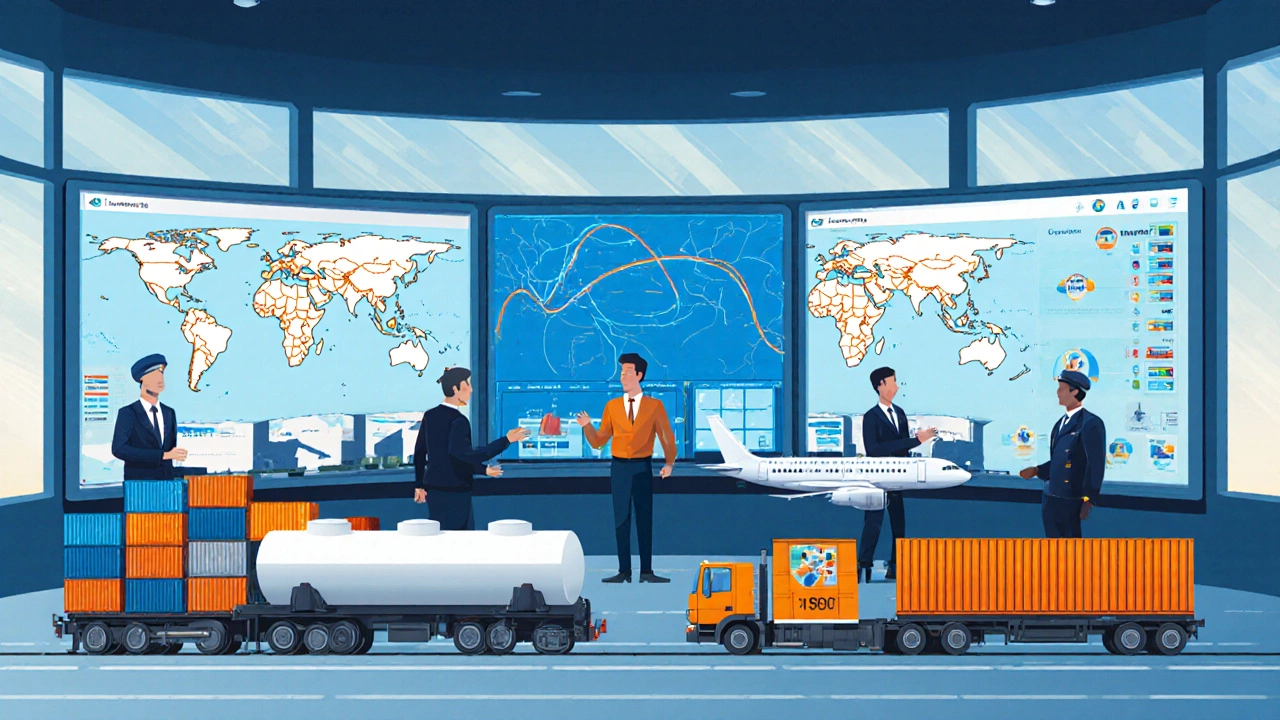
Choosing the Right Logistics Software for Each Type
Each logistics type benefits from specialized software, though many platforms now bundle capabilities.
- Transportation Management Systems (TMS) - route optimization, carrier contracts, real‑time tracking.
- Warehouse Management Systems (WMS) - slotting, pick‑to‑light, labor management.
- Distribution Execution Platforms - order‑to‑cash visibility, last‑mile routing, returns processing.
When evaluating logistics software solutions that digitise planning, execution, and analysis across the logistics spectrum, ask yourself:
- Does the system integrate with existing ERP or e‑commerce platforms?
- Can it scale across multiple locations and transport modes?
- What analytics does it provide for continuous improvement?
Answering these questions helps you avoid costly patchwork and future‑proof your operations.
Quick Comparison of the Three Logistics Types
| Attribute | Transportation Logistics | Warehouse Logistics | Distribution Logistics |
|---|---|---|---|
| Primary Focus | Moving goods between points | Storing & handling goods | Delivering finished goods to customers |
| Key KPIs | Freight cost per ton‑mile, On‑time delivery % | Inventory turnover, Order picking accuracy | Delivery lead time, Customer satisfaction score |
| Typical Tech Stack | TMS, GPS tracking, Load optimization tools | WMS, barcode/RFID, Automated storage/retrieval | Route planning software, Last‑mile platforms, Returns management |
| Common Challenges | Capacity constraints, Fuel price volatility | Space utilization, Labor productivity | Last‑mile cost, Reverse logistics complexity |
Pitfalls to Watch Out For
Even seasoned logistics managers slip up if they ignore a few critical details:
- Silod data. Keeping transportation, warehouse, and distribution metrics in separate spreadsheets makes it impossible to see the full picture.
- Over‑optimizing one gear. Packing trucks to capacity saves fuel but can delay urgent orders that need a faster route.
- Neglecting returns. Reverse logistics is often an afterthought, yet it can account for up to 30% of total logistics cost in e‑commerce.
Mitigate these risks by adopting an integrated platform that shares data across all three logistics types and by setting cross‑functional KPIs.
Pro Tips for Mastering All Three Types
- Use real‑time dashboards that combine TMS, WMS, and distribution data into a single view.
- Run scenario planning quarterly: simulate a surge in demand and see how each logistics type reacts.
- Invest in staff training for each function; a picker who understands route constraints can suggest smarter load builds.
Frequently Asked Questions
What is the main difference between transportation and distribution logistics?
Transportation logistics focuses on moving goods between any two points, like a factory to a warehouse. Distribution logistics starts where the warehouse ends, handling the final delivery to customers and managing last‑mile challenges.
Do I need separate software for each logistics type?
It depends on the size of your operation. Small businesses often start with a single platform that offers TMS, WMS, and distribution modules. Larger enterprises may prefer best‑of‑breed solutions that integrate via APIs.
How does inventory management fit into the three logistics types?
Inventory management lives primarily in warehouse logistics, but accurate inventory data is essential for transportation planning (knowing what to ship) and distribution (ensuring the right product is on the right route).
Can a 3PL handle all three logistics types?
Many third‑party logistics providers offer end‑to‑end services, covering transportation, warehousing, and distribution under one contract, which simplifies coordination.
What metrics should I track to improve each logistics type?
For transportation, watch freight cost per ton‑mile and on‑time delivery. In warehousing, monitor inventory turnover and pick accuracy. For distribution, focus on delivery lead time and customer satisfaction scores.
